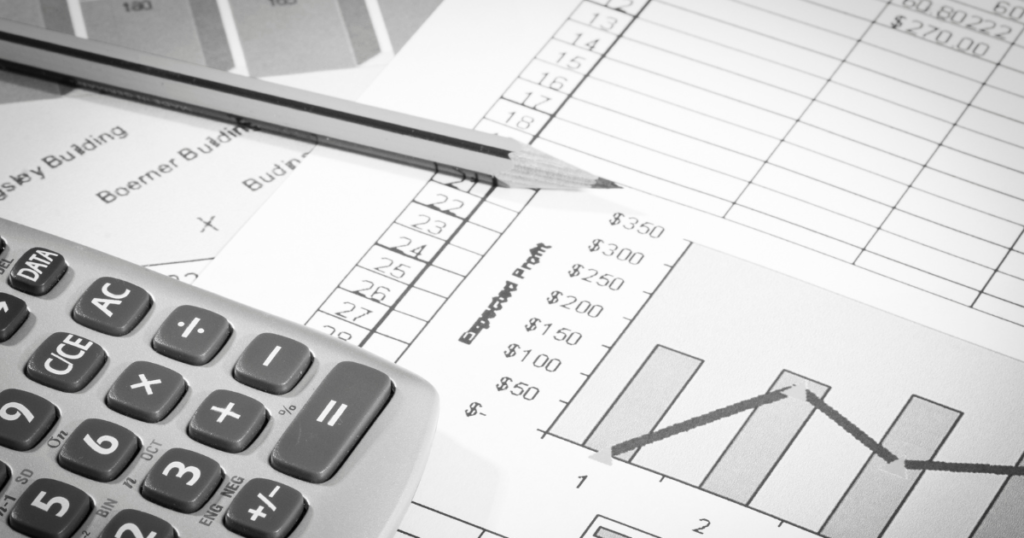In its latest monetary policy meeting, the Federal Reserve decided to maintain the current interest rates at 5.25%-5.50%, indicating a cautious approach amidst persistent inflationary pressures. This decision carries significant implications for various aspects of personal finance, from mortgages and auto loans to credit cards and savings strategies.
Understanding the Fed’s Decision
The Federal Reserve’s choice to keep interest rates unchanged stems from ongoing efforts to stabilize the economy while managing inflation, which remains above the targeted 2%. This move signals the Fed’s intent to ensure economic stability without exacerbating inflationary trends.
Impact on Different Financial Sectors
Mortgage Rates
- The steady interest rate means that the cost of borrowing for home purchases remains high, affecting affordability for potential buyers.
- Current mortgage rates hover around 7.3%, significantly impacting monthly payments and overall loan costs.
Credit Card APRs
- Credit card users will continue to face high APRs, averaging around 21%.
- Consumers are advised to prioritize paying down high-interest debts to avoid costly interest accruals.
Auto Loans
- New car loan rates exceeding 7% pose challenges for buyers, making car purchases more expensive.
- Comparing rates and negotiating better terms can help mitigate these costs.
Student Loans
- Federal student loan rates are fixed, shielding current borrowers from immediate impacts. However, new loans disbursed will likely carry higher rates based on prevailing economic conditions.
- Private student loan borrowers should consider refinancing options to secure lower interest rates.
Savings Accounts
- High interest rates have driven up yields on savings accounts and CDs, offering savers improved returns on their deposits.
- Savers should explore high-yield accounts to maximize their earnings during this period.
Strategies for Navigating the Current Economic Landscape
Managing personal finances effectively during steady high interest rates requires a strategic approach:
- Debt Management: Pay off high-interest debts aggressively to reduce total interest paid.
- Home Buying: Consider locking in fixed-rate mortgages to avoid future rate increases.
- Auto Financing: Explore various financing options and shop around for the best auto loan rates.
- Education Financing: Students should look for federal loans with fixed rates and explore income-driven repayment plans.
Investment Strategy Adjustments
Investors need to adjust their portfolios to mitigate risks associated with a high-interest rate environment:
- Diversify investments to include stocks, bonds, and other securities.
- Consider safer, interest-bearing investments like Treasury bonds or fixed deposits that benefit from high rates.
- Stay informed about market trends and adjust investment strategies accordingly.
Long-Term Economic Forecasts
Looking ahead, economic analysts predict that interest rates may eventually decrease once inflation is under control. Investors and consumers should prepare for this shift by:
- Staying liquid to take advantage of lower rates when they occur.
- Continuing to monitor economic indicators that influence the Fed’s decisions on interest rates.
Final Thoughts
The Federal Reserve’s decision to maintain current interest rates at a steady level underscores the importance of strategic financial planning. By understanding the implications of this decision and adapting to the economic landscape, individuals and businesses can navigate these challenging times effectively, ensuring financial stability and growth.


